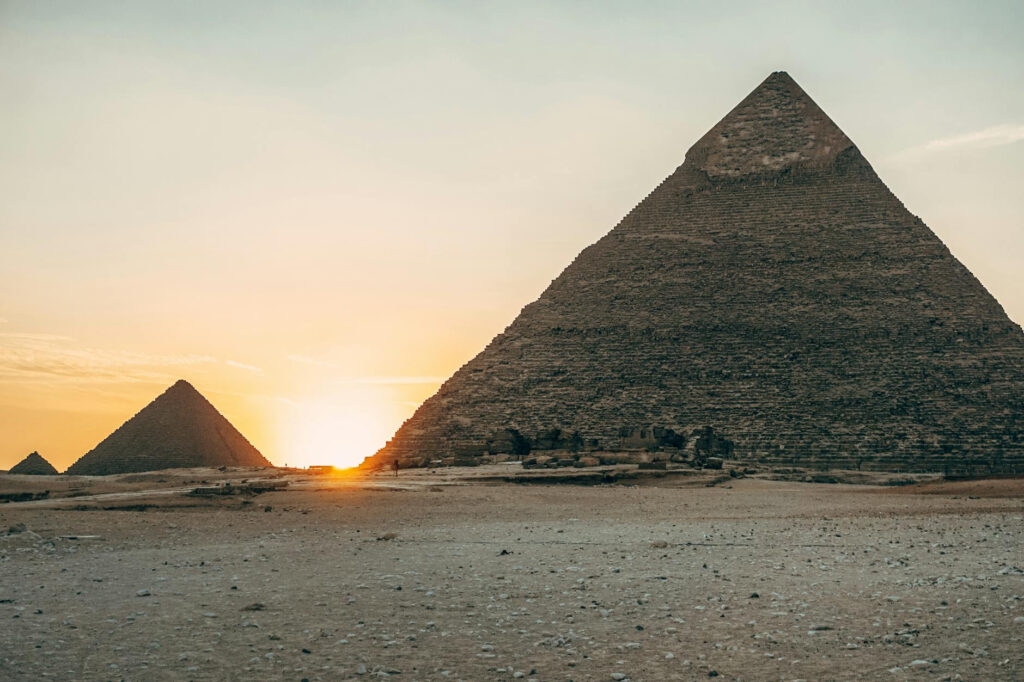Question: Where does the Jewish expectation of a “messiah the son of Joseph” come from, and how does it relate to a “messiah the son of David”?
Answer: Jewish tradition espouses the idea of four messianic persons, the additional two being Elijah and a righteous high priest. It derives these expectations from a wide variety of sources. Several of these, such as passages in Genesis, Deuteronomy, Jeremiah, and Zechariah, are scriptural, while others are from the writings of rabbinic sages and texts such as the Dead Sea scrolls, Babylonian Talmud, Targum, Midrash, Zohar, and Testaments of the Twelve Patriarchs.
Many depictions of these messianic figures originate with rabbis who lived after the time of Christ and could in no way be considered the final word on the subject as Jewish sages were often at odds with one another when interpreting messianic texts. Their idea of a “messiah the son of Joseph,” for example, appears to be a face-saving replacement for Jesus—of a messiah from Galilee who dies to atone for his people’s sins—an idea that was withheld from non-Jews.
A revelation received through the prophet Joseph Smith that explains Isaiah 11:1–10 covers several key points when interpreting messianic scriptures. It delineates three messianic figures: (1) “the stem of Jesse,” who is identified as Christ; (2) “the rod,” who is “a servant in the hands of Christ, who is partly a descendant of Jesse as well as of Ephraim, or of the house of Joseph, on whom there is laid much power”; and (3) “the root of Jesse,” who is “a descendant of Jesse, as well as of Joseph, unto whom rightly belongs the priesthood, and the keys of the kingdom, for an ensign, and for the gathering of my people in the last days” (Doctrine & Covenants 113:1–6).
While I have dealt with these scriptures extensively elsewhere, suffice to say here (1) that the first figure—the “stem/trunk” (geza’)—is Israel’s God Jehovah, as is also evident from Isaiah’s literary devices; (2) that the second figure—the “rod/watersprout” (hoter)—matches the prophet Joseph Smith; and (3) that the third messianic figure—the “root/graft” (shoresh)—is God’s end-time servant David, who appears in the prophecies of Isaiah, Jeremiah, Ezekiel, and others.
Were we to compare Jewish messianic expectations with all scriptures, including ones that take into account the three stages of growth in Isaiah’s mini olive tree allegory, we can conclude (1) that “Messiah the son of David” is Israel’s God Jehovah, who is Jesus Christ; (2) that the so-called “messiah the son of Joseph” is God’s end-time servant David, not his counterfeit; and (3) that the prophet Joseph Smith is the righteous high priest who restores the holy priesthood.












